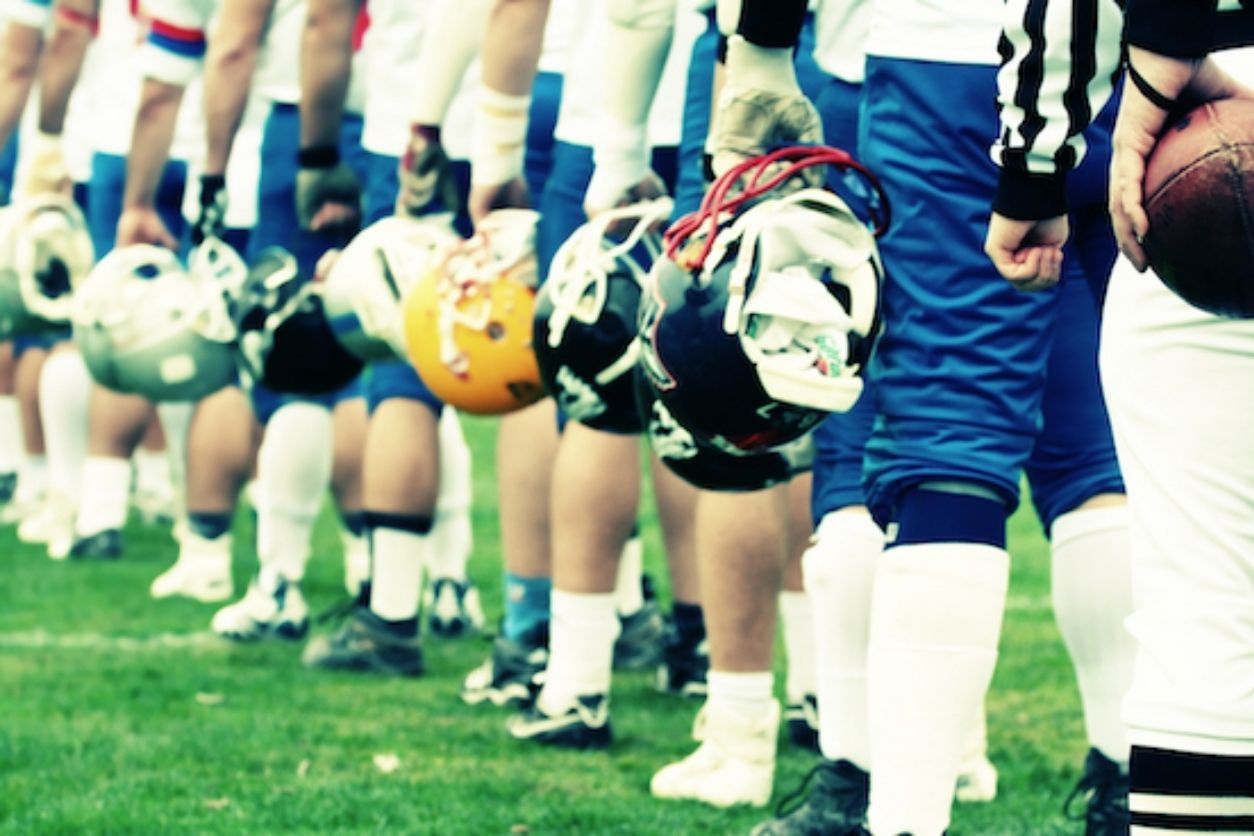If you’re reading this, you’ve likely dreamed of competing against other elite athletes at the Division I level. You may have even asked yourself if you are built for Division I sports. However, the reality is, just less than 2% of all high school athletes will be able to compete at a DI school. For some of the other 99%, the difference between elite and excellent athletes can be minuscule, for others, it can be mammoth. And if you’re wondering where you stand, consider these factors:
Are You The Best On Your Team? Did Coaches Notice You Before Your Junior Season?
The Tom Brady story of going from backup QB at Michigan to NFL immortal is almost a fairy tale. But the chances of a high school athlete going from benchwarmer to playing for a Division I program are fairly non-existent. By one’s junior year in high school, an elite level talent and athleticism should be evident and that should be reflected by your position on the team.
If you’ve been a starter since grade school, that’s a good indication that you have some level of talent. But don’t forget to have some perspective, as a four-year high school starter at a school with only 30 players on a no-cut football roster may still not measure up to a four-year starter at the biggest high school in your state.
Further, elite athletes are often recruited well before their junior season and many even receive non-binding verbal scholarship offers early in their junior season and sometimes even as sophomores. If you’ve hit your junior year and haven’t seen much attention from DI coaches, that doesn’t mean you can’t play your sport in college or get scholarship offers. Instead, it may simply mean that your talents would be better appreciated at a lower-level school.
Has Your Athleticism Stood Out Since Junior HIgh?
Many talent evaluators believe that most elite athletes will begin to stand out from their peers around age 12. While that’s certainly not a universal indicator of DI talent, younger athletes with the skill and size to compete with older, more experienced players tend to get more attention from coaches at an earlier age.
So how do you measure up? Have you always been considered “big for your age”? Have you always been able to compete with, or even beat, players at a higher level? Again, while there are plenty of late bloomers who don’t stand out early, if you’ve stood out among your peers since junior high, you could be DI material.
Are You Built For Your Sport?
While the other indicators of Division I-level talent can be subjective, one plainly obvious determinant of your DI potential is your body. Do you have the right build for your sport? The average DI football player is just below 6’2” and 232 pounds, but cross country runners want to be as lean as possible. The majority of the best gymnasts are around 5 feet tall, while the average DI basketball player is just under 6’ 5”. While you can add or lose bulk and muscle, making yourself gain or lose height probably won’t happen. Growth spurts can happen, and there are plenty of exceptions every year, but if you don’t have the prototypical body needed for your sport by your junior year, you may not see much interest from Division I coaches.
There Are Exceptions To Every Rule
Buffalo Bills quarterback Josh Allen wasn’t considered a prospect coming out of high school and enrolled at Reedely Junior College. Michael Jordan could only make the junior varsity team in his sophomore year in high school. Leilani Mitchell is only 5’5”, yet she played DI basketball at Idaho and Utah, and has now been playing in the WNBA for 12 years.
With those examples in mind, remember that all of the Division I criteria above are broad generalizations. And there can be many other predictors for elite performance. There are exceptions to every rule and every assumption. Plus, those rules and guidelines don’t take into account athletic intellect, internal fire, or natural ability.
Ultimately, if you’re not built for Division I in your sport, that won’t rule out your ability to compete at a higher level. Just like every brand of shoes fits differently, your key to playing a sport in college may simply be finding the school and program that’s the best fit for your unique combination of size, skill, intellect, and heart.
Did you enjoy the article ‘Are You Built For Division I Sports?’ If so, check out more of our articles HERE.




